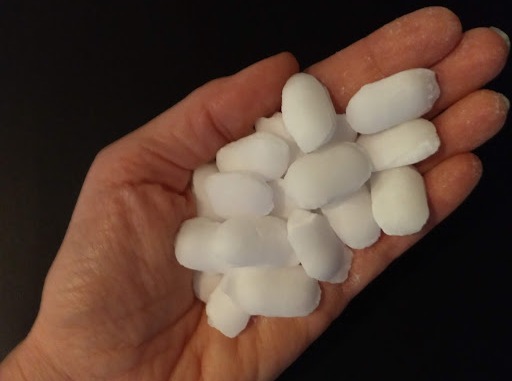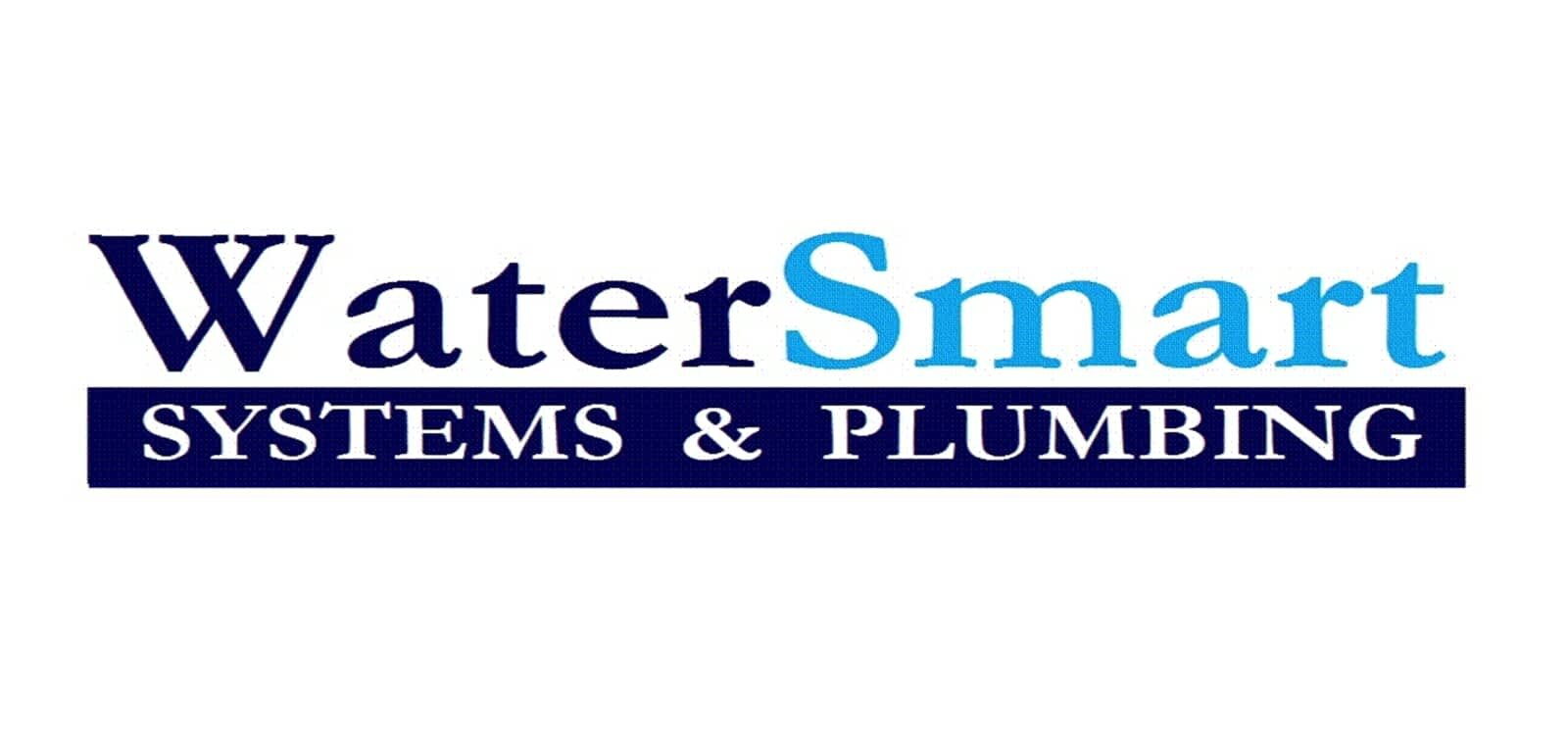Today, we will outline everything you need to know about water softener repair.
We have over 25 years of experience in the water softener industry, and we'd love to share our expertise with you!
We will walk you through the most common and basic water softener repairs that you can do yourself and show you those that you should leave to a professional. Let's jump in!
If your water doesn’t feel as soft as it usually does, you may need a water softener repair
Most Common Water Softener Repair Issues
Here are the most common water softener repair issues to watch out for. Performing regular maintenance and repairing your water softener when it breaks down will save you the cost of replacing the unit frequently and properly softened water will keep your appliances and fixtures from premature wear and tear.
Salt Bridges
Symptoms: If your water softener motor seems to be working fine, but your water doesn't seem as soft as it should, you may have a salt bridge. You may also notice that your salt level doesn't seem to be going down as fast as it usually does.
What It Is: One of the most common water softener repair issues is a salt bridge. A salt bridge is exactly what it sounds like. It's a bridge of salt or a crust that forms across your tank.
If you take a look inside your softener, it will look like it is full of salt, however, underneath the salt bridge is just empty space. When the hard water enters your tank it doesn't come into contact with any salt and therefore it doesn't get softened.
Water Softener Repair Steps:
Step 1: Unplug your softener.
Step 2: Fixing a salt bridge is relatively easy. First, try tapping on the side of your tank with a rubber mallet to loosen the bridge.
Step 3: If this doesn't work, then take a long object such as a broom handle and insert it into the middle of the bridge and carefully move it around to break up the salt and remove the bridge.
Salt can form a bridge in your water softener that will stop it from working properly
Blockages
Symptoms: If your water doesn't seem to be as soft as it should be then you may have a blockage in your system.
What It Is: Over time salt and minerals build up in your brine line, filter screen, and other places inside your water softener.
Water Softener Repair Steps:
Step 1: Unplug your water softener and shut off the water supply to it before you begin.
Step 2: Do a manual regeneration of your system. If you are not sure how to do this, consult your owner's manual as each water softener will be a little different.
Step 3: Open up the lid of your water softener. Remove the nozzle (consult your manual for its location) and take it apart to clean all of the pieces in warm, soapy water.
You can remove and replace the 2 flow plugs with a toothpick to clean them as well.
The following video will show you how to do some basic water softener maintenance tasks including cleaning out blockages.
You want to get rid of any blockages in your system
Step 4: Put all of the pieces of your nozzle back together again, replace the lid and plug in your softener.
Tip: as you are taking the components apart, lay them out in the order that you took them out so that you can easily remember the order to put them back together.
The following video will show you how to do a manual regeneration if your softener has a timer. If your softener doesn’t have a timer, consult your manual.
Perform a manual regeneration cycle before you clean out any blockages
Iron in Your Water
Symptoms: If there are high concentrations of iron in your water your it will look yellow, reddish-orange, or brown, and it may smell like rotten eggs. You may also notice reddish-brown stains on your clothes and your fixtures and sinks might have rust stains.
What It Is: Iron is a common element in the Earth's crust and it gets dissolved into ground water.
Water Softener Repair Steps:
To remove the excessive iron from your water you will need to clean your resin bed. You will have to purchase a resin cleaner that is made to remove iron.
Step 1: Wait until your softener is almost out of salt and you won't need to be using your water.
Step 2: Pour the recommended amount of cleaning solution into your brine tank. If your softener doesn't have a brine tank, then pour it into the salt tank.
Step 3: Perform a regeneration cycle on your softener by following the instructions in your owner's manual or the steps in the previous video. This will manually regenerate your system and recharge your resin beads.
Step 4: If you have a really high concentration of iron in your water, you may have to repeat the regeneration cycle.
Step 5: Return your system to its normal setting and run water from the closest tap to your softener for about 10 minutes to flush out the cleaner.
Iron in your water can turn it to a reddish brown colour - Image Source: Zweifel [Public domain]
User Error
Symptoms: Your water softener is not coming on, or it's not softening like it should, or it is coming on too often.
What It Is: Sometimes your water softener may be programmed improperly. If you have tried to do some manual settings, you may have set something incorrectly which can cause your system to malfunction.
Water Softener Repair Step:
If you are not sure what you have done or how to fix the problem, it's probably best to contact a professional.
Water softener settings can be complex and if you aren't exactly sure about what you are doing, you should get a trained technician to program it for you so that you know that it is working at its best.
Contact a professional to program your water softener properly for you
Motor Problems
Symptoms: If your water softener won't come on at all, there may be an issue with your motor.
What It Is: If your softener is not coming on at all then your motor may need to be repaired or replaced.
Water Softener Repair Step:
Before you call a professional, first check that your softener is plugged in properly and that there is power going to the outlet. If the power seems fine, then it's time to contact a water softener repair company.
If you are wondering whether or not your softener is working well, then you can bring WaterSmart a sample of water and we’ll test it for free!
How to Extend the Lifespan of Your Water Softener
There are some simple maintenance tasks that you can perform to make your water softener last longer. These include:
Clean out the inside of your tank once a year with warm soapy water.
Never use standard rock salt in your tank; always purchase pure water softener salt
Use an iron remover if you know that there is iron in your water
Don't overfill your salt tank; most water softeners should only be filled 3/4 full or according to the manufacturer's instructions.
You Can Trust the Professionals a WaterSmart for Your Water Softener Repair and Maintenance
If you need water softener repair in the Kitchener-Waterloo region, you can trust WaterSmart. We'd be happy to help you with any repair or service on any type of water softener you have, at a reasonable rate.
Our expert, experienced plumbers will come to your home, take a look at your system, and advise you about the best course of action.
Whenever possible, we will fix your existing unit, and if you need a replacement, we can advise you on what type of softener would best meet your needs. We even offer financing! Contact WaterSmart today for all your water softening needs.
"My wife and I recently purchased a home that did not have a water softener since the house was built.…They are very skilled professionals and have great customer service. We also bought a reverse osmosis from them. They gave us detailed instructions on how to operate the softener and reverse osmosis. I would recommend these guys. Thank you Watersmart…[…Read more]”
- William






